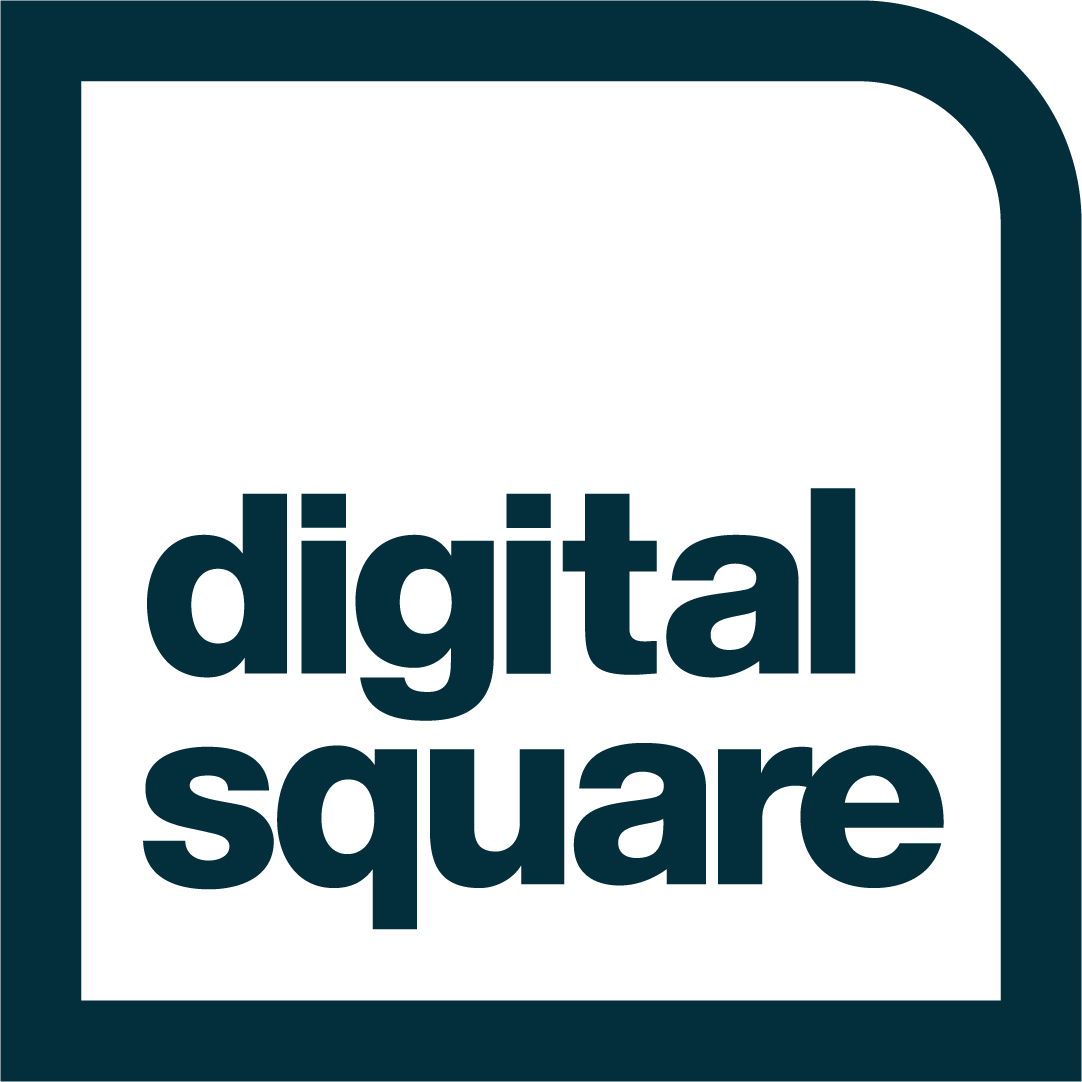The goal of this project is to connect Electronic Medical Record (Bahmni) to DHIS2 to allow for a longitudinal view of patient-level data and better assess project implementation, coverage, and impact. The connector will be built and tested through an HIV linkage to care project based in Zimbabwe that tracks clients across different locations and service provision.
Population Services International (PSI) would like to partner with ThoughtWorks to develop a "connector" between DHIS2, a health management information system (MIS), and electronic medical record tools, ie Bahmni. The connector will make it easy to send Electronic Medical Record (EMR) data to DHIS2 allowing health program managers to quickly generate dynamic and powerful client profiles and information to better communicate data and inform health program strategy.
This proposed connector actively supports progress against the Global Goods Maturity Model for Digital Health Software Tools. This connector promotes interoperability and data accessibility by providing a means for data to be more readily visualized and understood. The connector also has global utility as both ministries of health and health organizations both already use DHIS2 as an MIS and EMR tools like Bahmni.
Over 60 countries and 40+ organizations are using DHIS2 as its management information system. DHIS2 helps governments and health organizations like PSI to manage their operations more effectively, monitor processes, and improve communication. PSI is the largest NGO implementer of DHIS2 and works closely with UiO to further develop the platform.
Electronic Medical Record tools like Bahmni provide a space where users can record confidential client information and create long term and complete records of health history without having to depend on information technology staff or database administrators. Via this proposed connector, the data will be pulled directly from Electronic Records to DHIS2. Any Electronic Medical Record tool would benefit from the option of having a DHIS2 connector.
As proof of concept that EMR data can easily be imported into DHIS2, we propose to build a simple DHIS2 connector for Bahmni. Bahmni is already free and open source. There is currently no connector for DHIS2 in Bahmni. Off-the-shelf Electronic Medical Record tools are easy-to-use, impactful, and effective tools for health ministries and health organizations. Data storage and analysis features in DHIS2 could provide more in-depth technical information on clients to allow users a more in-depth idea of client profile, tracking across the continuum, and linkage to care.
About PSI team:
Role: Project Manager
PSI is a leading global health organization with programs targeting malaria, FP, RH, and HIV/AIDS and more. Active in more than 65 countries, PSI is a thought leader in DHIS2, implementing DHIS2 across its platforms and supporting Ministries of Health and partners in 20 countries to design HMIS, using DHIS2. PSI is a global leader in DHIS2 implementation and using data for decision-making. Through our very close collaboration and significant influence with the University of Oslo (developers of DHIS2), we have directly proposed and influenced the development of features that benefit the entire community of DHIS2 users, including 40+ MOHs and NGOs using the platform. PSI received InsideNGO’s Operational Excellence Award Winner for Information Technology in 2015 and was one of the founding partners of the annual DHIS2 Symposium, the only DHIS2 conference held in the United States.
About ThoughtWorks:
Role: Developer
ThoughtWorks is a software company and a community of passionate, purpose-led individuals. At ThoughtWorks, we think disruptively to deliver technology to address our clients' toughest challenges, all while seeking to revolutionize the IT industry and create positive social change.
ThoughtWorks Global Health experience:
ThoughtWorks has a long experience in creating and contributing to technology for social needs, especially in Global Health. Bahmni (an EMR based on OpenMRS) was created by ThoughtWorks as a free open-source software and is now used in over 40 countries and is regarded as a global good software. A concept of Shared Health Record (SHR) and Health Information Exchange (HIE) was created and demonstrated for Ministry of Health, Bangladesh by ThoughtWorks.ThoughtWorks was the development partner in delivering the 1st version of OpenLMIS software, which is a free open-source logistics management software. Please refer to other work of ThoughtWorks in global health at the link .
PSI has deployed DHIS2 in over 35 countries, including Angola, Benin, Burundi, Cambodia, Cameroon, Cote d'Ivoice, Dominican Republic, DRC, El Salvador, Ethiopia, Ghana, Guatemala, Haiti, Kenya, Laos, Madagascar, Malawi, Mali, Mozambique, Myanmar, Nepal, Nicaragua, Niger, Nigeria, Somaliland, South Africa, Tanzania, Uganda, Vietnam, Zambia, and Zimbabwe.
PSI and Thoughtworks have deployed Bahnmi in Zimbabwe.


Comments
I'm not sure this is
I'm not sure this is addressing patient level reporting.
Thanks for submitting this,
Thanks for submitting this, can you outline how the proposal aims to address or support the use cases/data flows suggested and or supported whitepaper in the call?
Thank you for the update,
Thank you for the update, does this build on any of the existing OpenMRS DHIS2 reporting modules? How will this leverage the Patient Level Monitoring approach to achieve this outcome?
What PSI and ThoughtWorks
What PSI and ThoughtWorks have deployed in Zimbabwe is similar to "Standalone" maturity as described in the White paper, however, our proposal is to move it the "Integrated" maturity, while continuing to use and validate our approach on the ground in Zimbabwe.
During the process of moving to the "Integrated" maturity, we will have to establish the FHIR server and CQL engine (as described in the Whitepaper to enable Patient level monitoring.